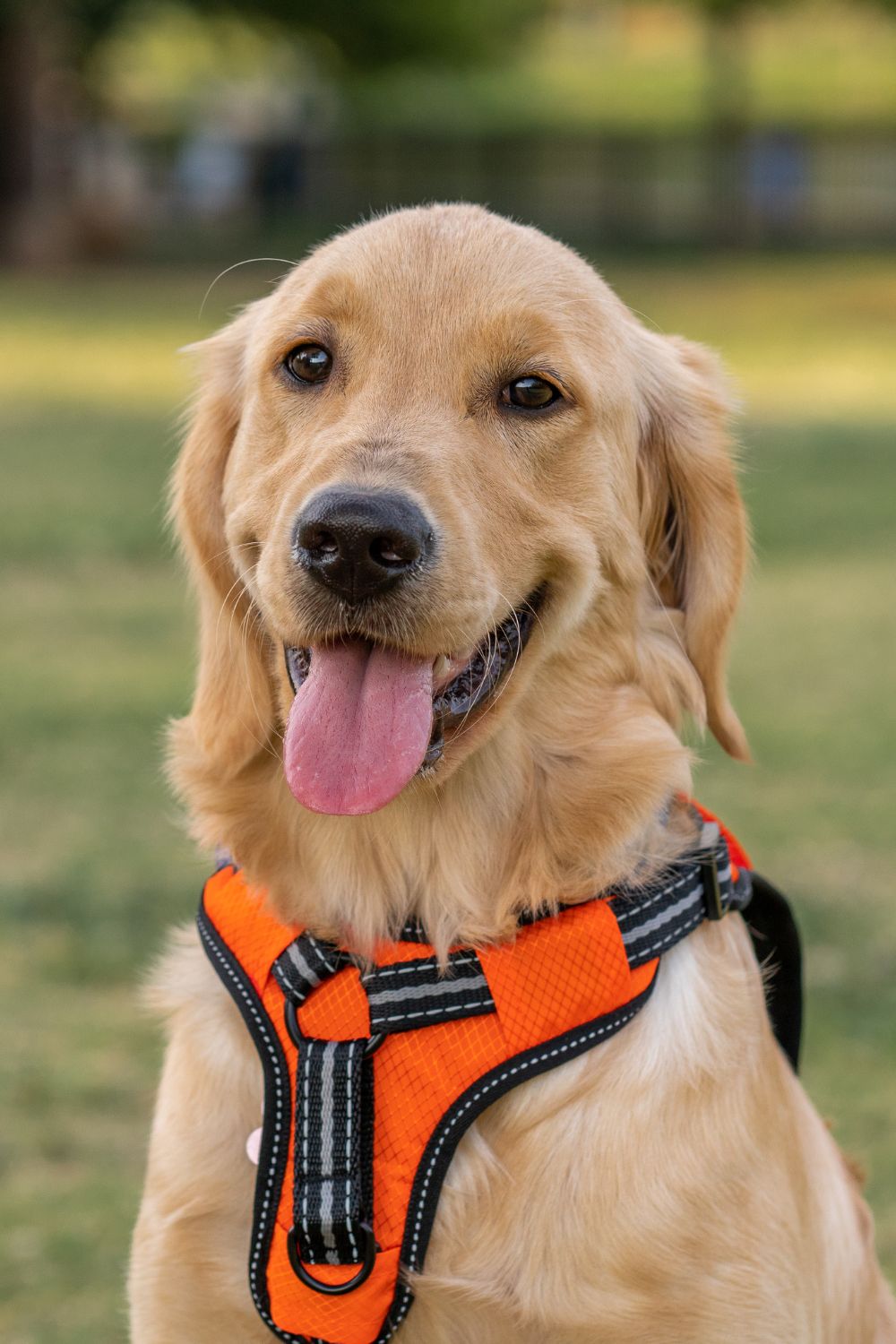Are you looking to keep your dog safe in a dog harness? Here are some Dog Harness Safety Tips Every Owner Should Know
Dog Harness Safety Tips Every Owner Should Know
Key Takeaways
- Understanding the benefits of using a dog harness over a collar.
- Ensuring the harness fits appropriately for comfort and safety.
- Regularly checking the harness for wear and tear.
- Avoiding common mistakes when using a dog harness.
- Proper cleaning and maintenance tips to prolong the harness’s life.
Why Use a Dog Harness?
A dog harness offers numerous advantages over traditional collars. Unlike collars, which place pressure on a dog’s neck, harnesses distribute the force across the back and chest. This lessens the possibility of neck injury, particularly in breeds that yank on the leash or are prone to tracheal collapse. According to the American Society for the Prevention of Cruelty to Animals (ASPCA), a harness can be particularly beneficial for small breeds and dogs with respiratory issues.
Additionally, harnesses provide better control over-excited or strong dogs, making walks safer and more enjoyable. A harness that fits and is designed properly can help with training by encouraging dogs to walk more calmly and lessening their propensity to pull.
Ensuring the Right Fit
One of the most essential aspects of using a dog harness is ensuring it fits correctly. An ill-fitting harness can cause discomfort, chafing, and even escape. To find the right size, measure your dog’s chest behind its front legs, at its broadest position, using a soft measuring tape. Check these measures against the harness manufacturer’s sizing chart.
A harness that fits well should be snug but not tightly. Two fingers should be able to be passed between your dog’s body and the harness. A too-loose harness could allow your dog to escape; an overly-tight harness could be uncomfortable or limit movement. Regularly check the fit, especially if your dog is still growing or gaining weight.
Regular Inspections and Maintenance
Consistent inspections are vital for maintaining the safety and effectiveness of a dog harness. Before each use, check the harness for signs of wear and tear, such as frayed straps or weakened buckles. Damaged parts can compromise the harness’s strength, increasing the risk of it breaking during a walk.
When cleaning, follow the manufacturer’s instructions to maintain the harness’s integrity. Regular cleaning keeps the harness free from dirt, grime, and bacteria, ensuring it’s safe and comfortable for your dog to wear. The harness’s lifespan can be increased with proper care, ensuring long-term functionality and safety.
Common Mistakes to Avoid
When it comes to utilizing a harness, even seasoned dog owners can make blunders. Selecting the incorrect size is one common mistake. Always measure your dog precisely and refer to the sizing guide. Using an incorrectly sized harness can lead to various problems, from discomfort to accidental escapes.
Not adjusting the harness properly is another frequent mistake. An improperly adjusted harness can slide around, causing chafing or allowing the dog to wriggle free. Make sure all straps are secure and not twisted.
Finally, neglecting regular checks for wear and tear can result in using a compromised harness. Inspecting the harness frequently and replacing it when necessary is crucial for your dog’s safety.
Introducing Your Dog to a New Harness
Introducing a new harness to your dog must be a gradual and positive experience. Get started by allowing your dog to sniff and explore the harness. Positive reinforcement, like treats and praise, can help create a positive association with the harness.
Once familiar, put the harness on your dog for short periods, gradually increasing the time as your dog becomes more comfortable. Always pair this process with positive experiences like playtime or walks to ensure your dog associates the harness with enjoyable activities.
Using a Harness Safely
Always supervise your dog when they are wearing a harness. Leaving a harness on unsupervised can lead to accidents, as the harness may get caught on objects, causing injury. Remove the harness when your dog is left alone or during rest periods.
Using a harness correctly also involves choosing the right type based on your dog’s behavior and walking habits. For example, front-clip harnesses are ideal for training dogs not to pull, while back-clip harnesses are suitable for well-trained dogs.
Conclusion
A dog harness can significantly improve your pet’s comfort and safety during walks. By choosing the right harness, ensuring a proper fit, performing regular inspections, and avoiding common mistakes, you can provide your dog with a secure and pleasant walking experience. Your dog’s health should always come first. If you have any questions or concerns about using a harness, speak with professionals.
When selecting a harness, consider your dog’s size, breed, and activity level to find the most suitable option. For improved visibility in low light, look for features like reflective accents, cushioned panels, and adjustable straps. It’s crucial to properly fit the harness to prevent chafing or discomfort. Check the harness on a regular basis for wear and tear indicators, including frayed straps or loose buckles, and replace them as needed. Avoid leaving the harness on your dog for extended periods to prevent skin irritation. For guidance specific to your pet’s requirements, consult a veterinarian or a certified dog trainer if you’re not sure whether to use a harness. Remember, a well-fitted harness can enhance your dog’s enjoyment of walks while keeping them safe and secure.

Leave A Reply!